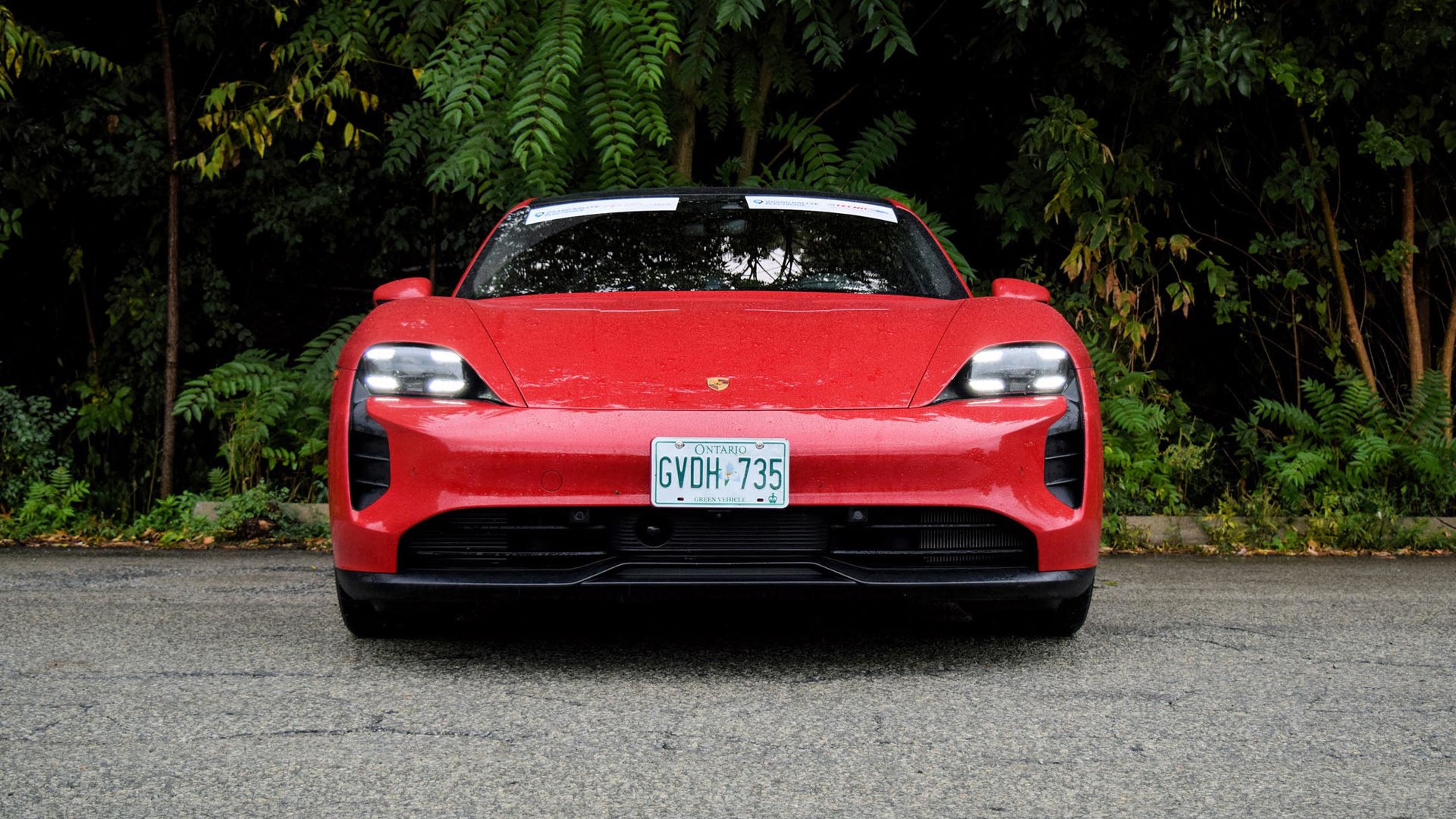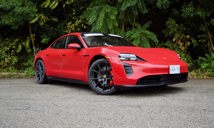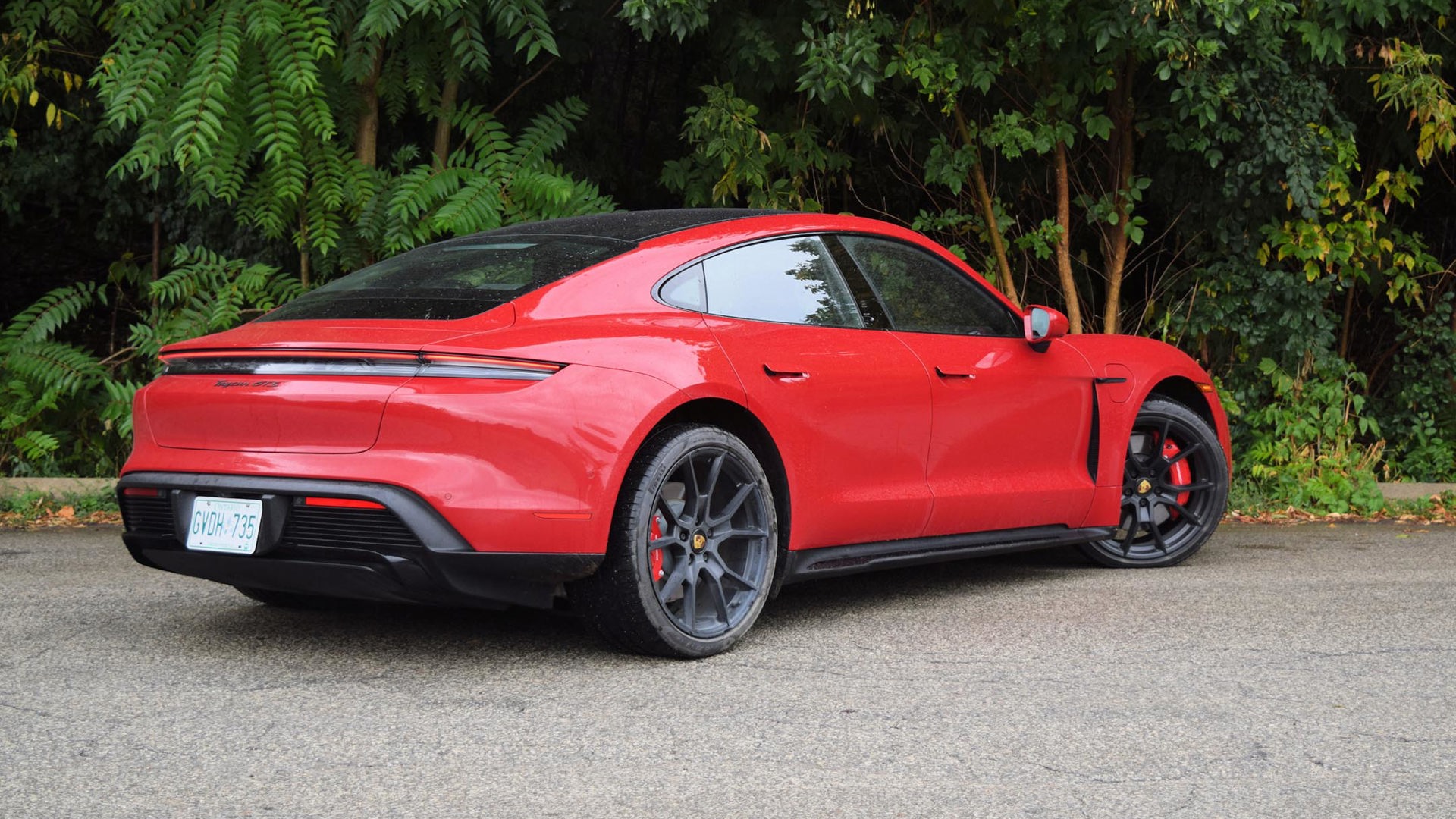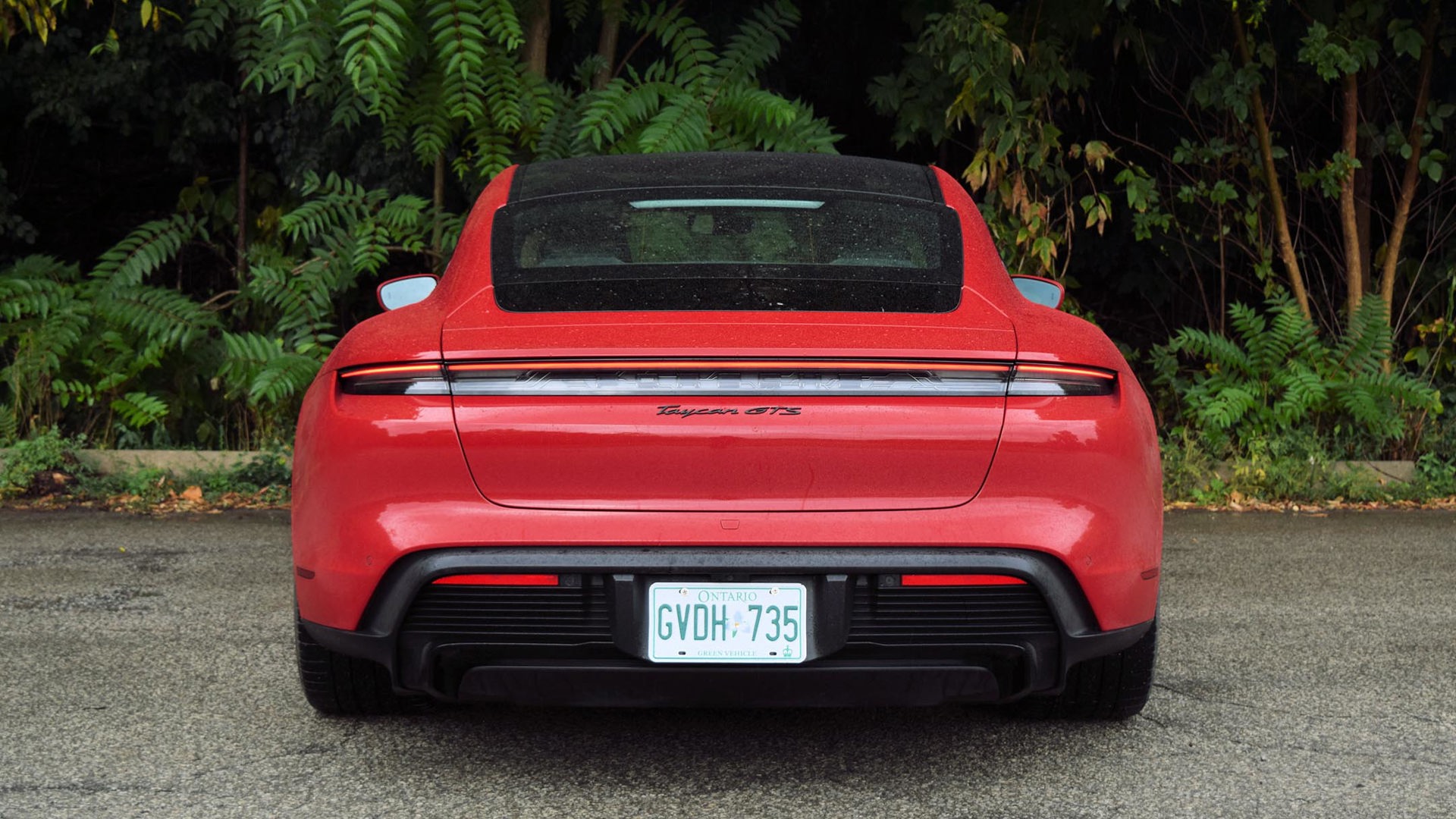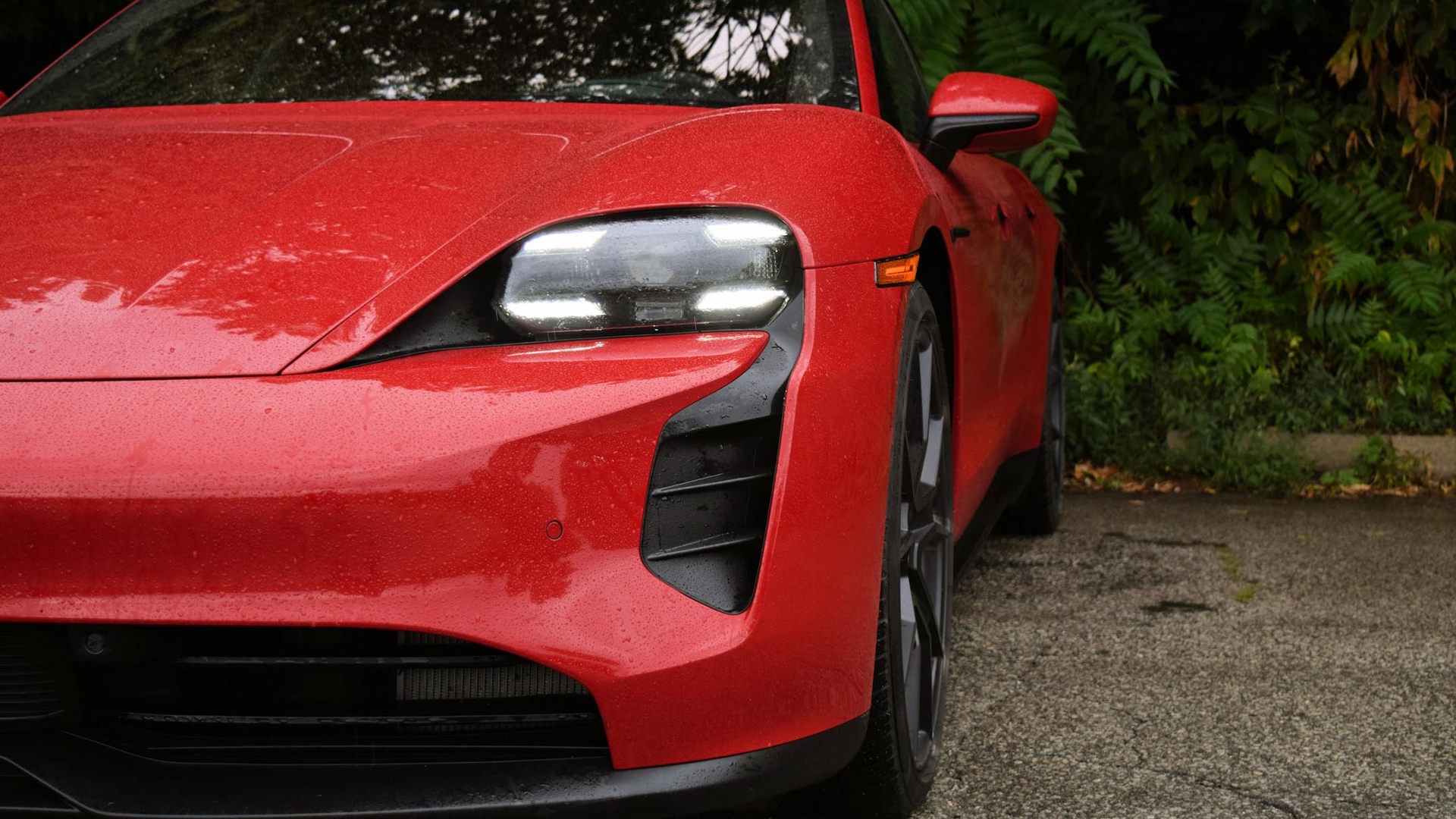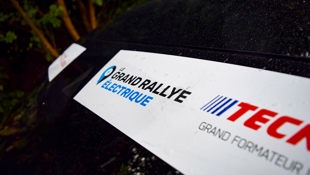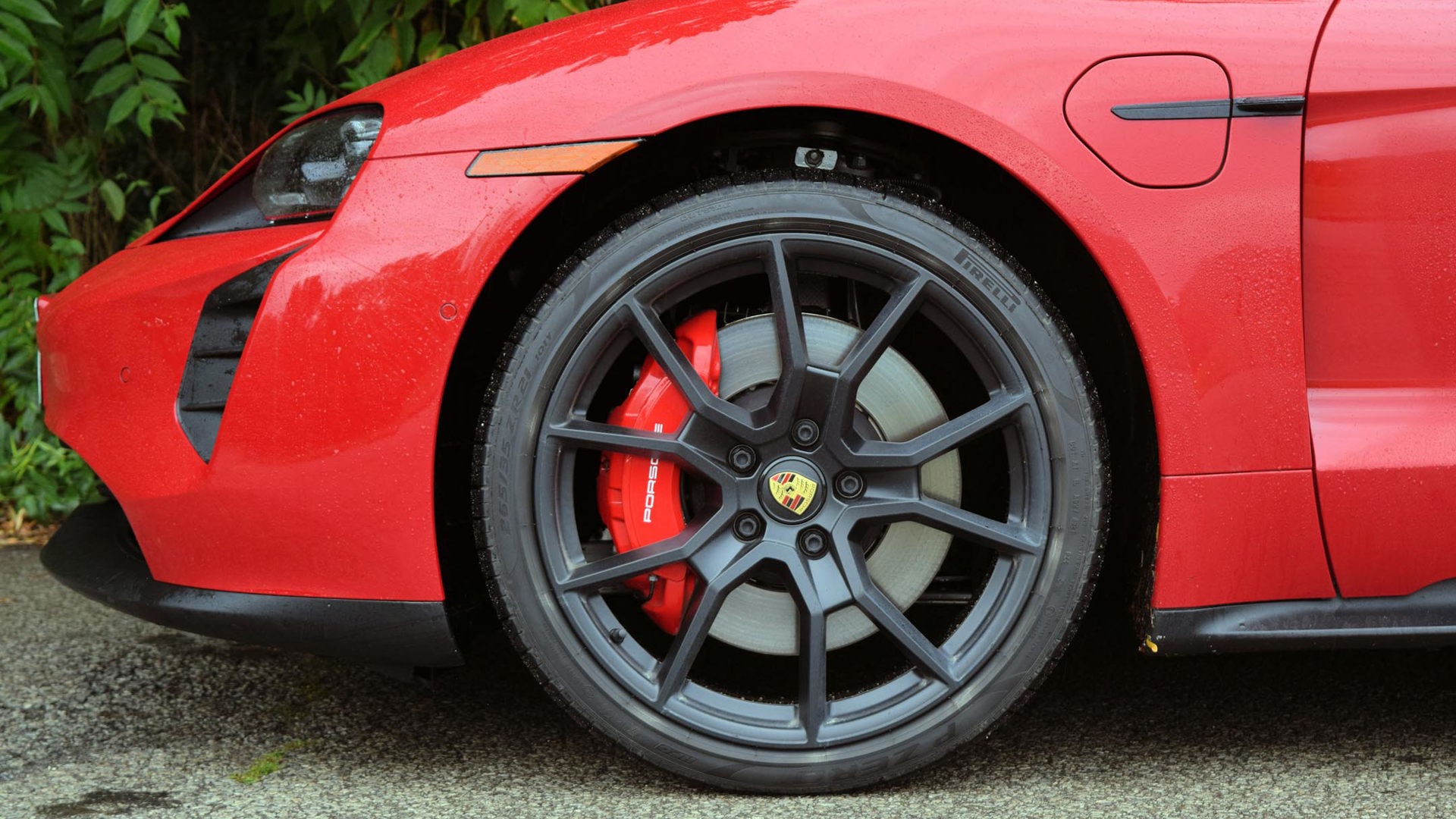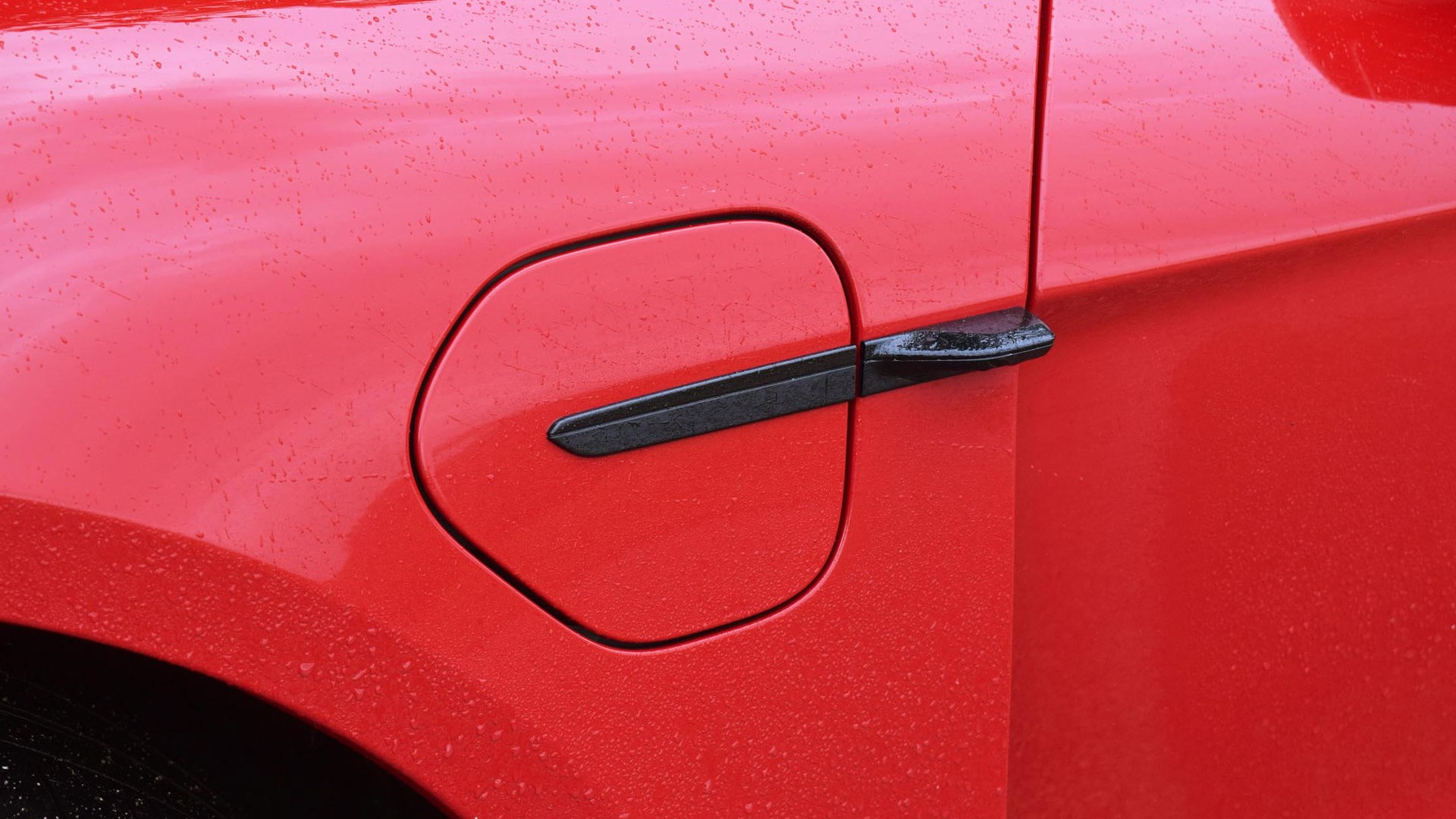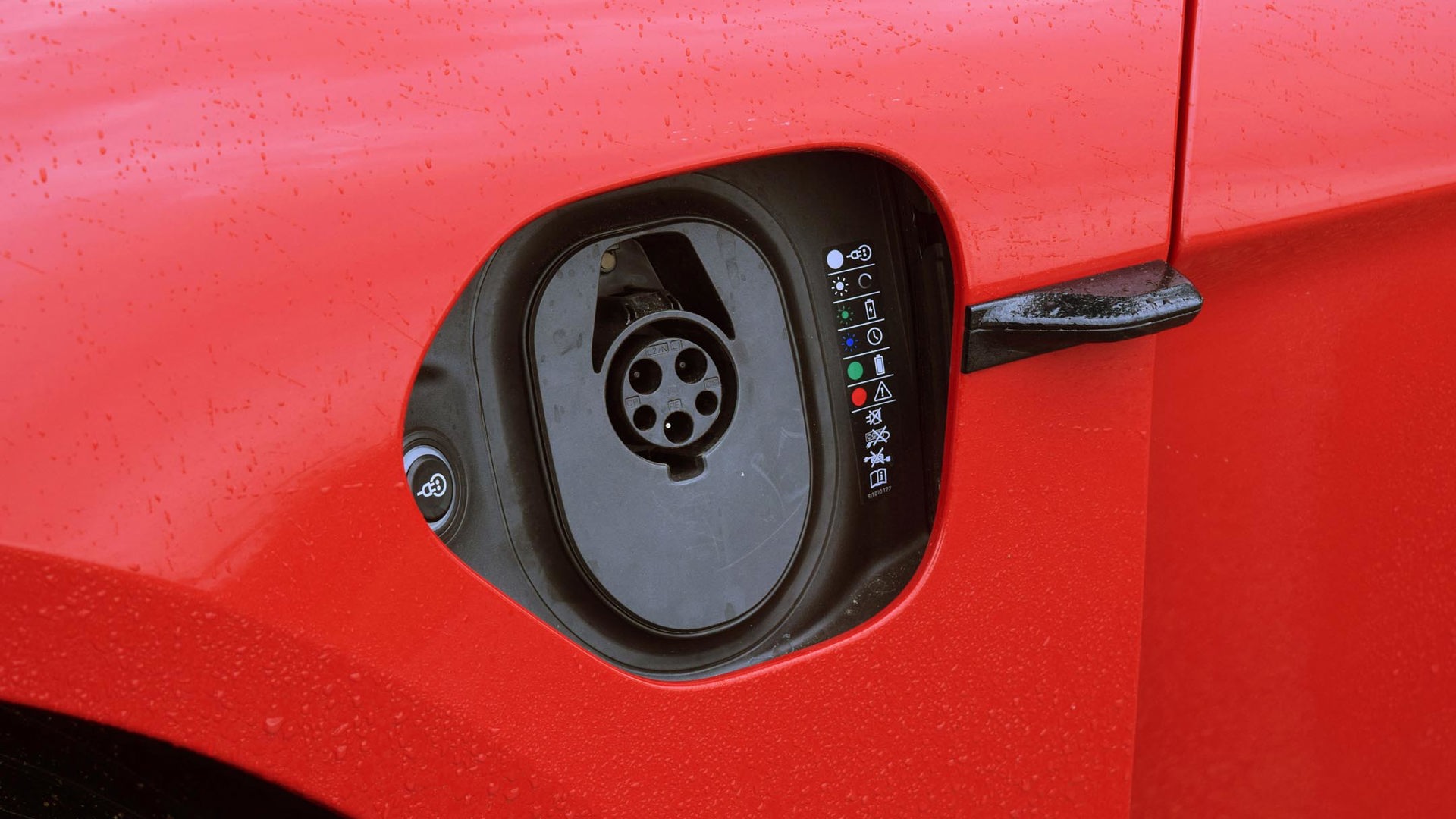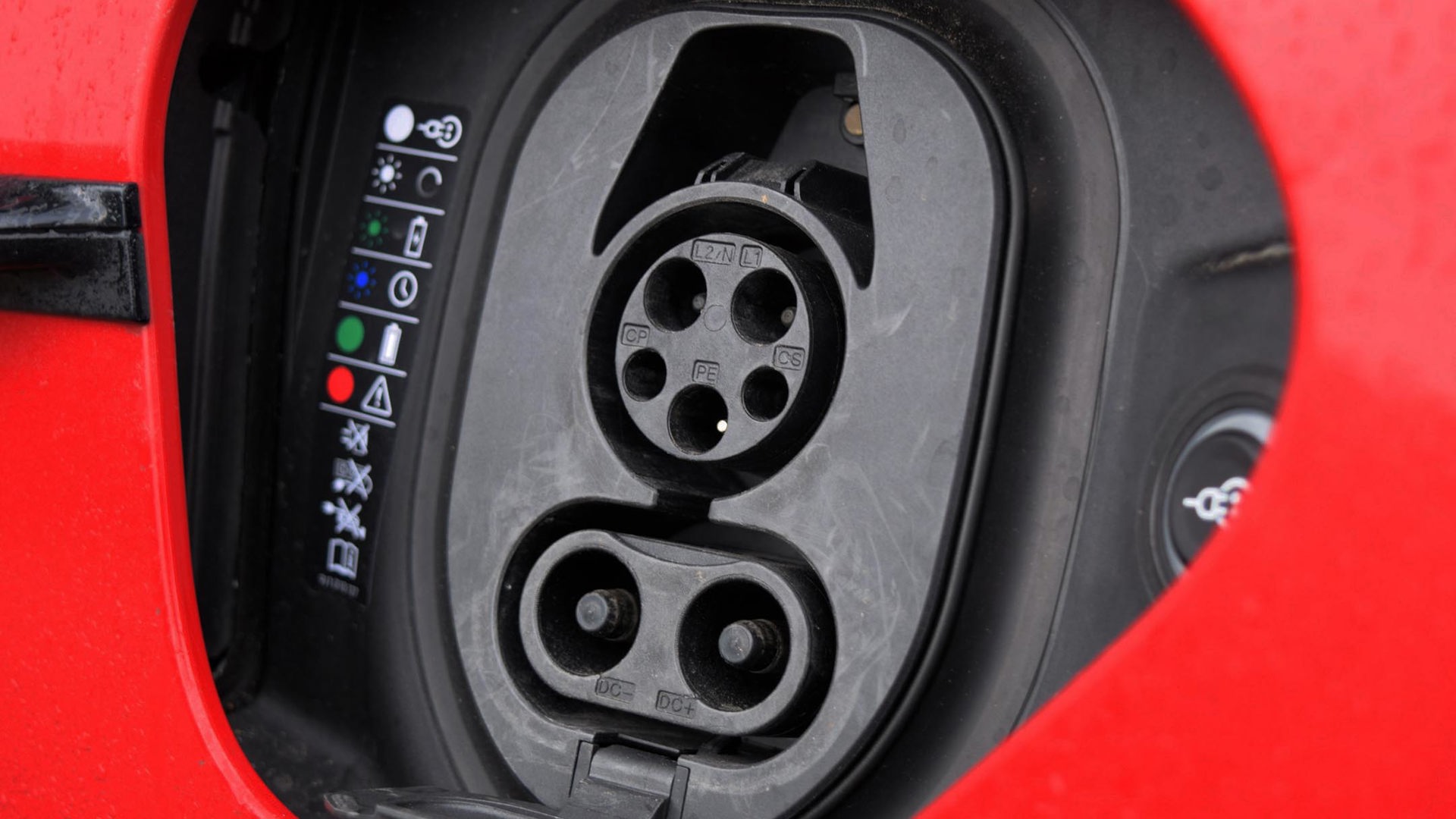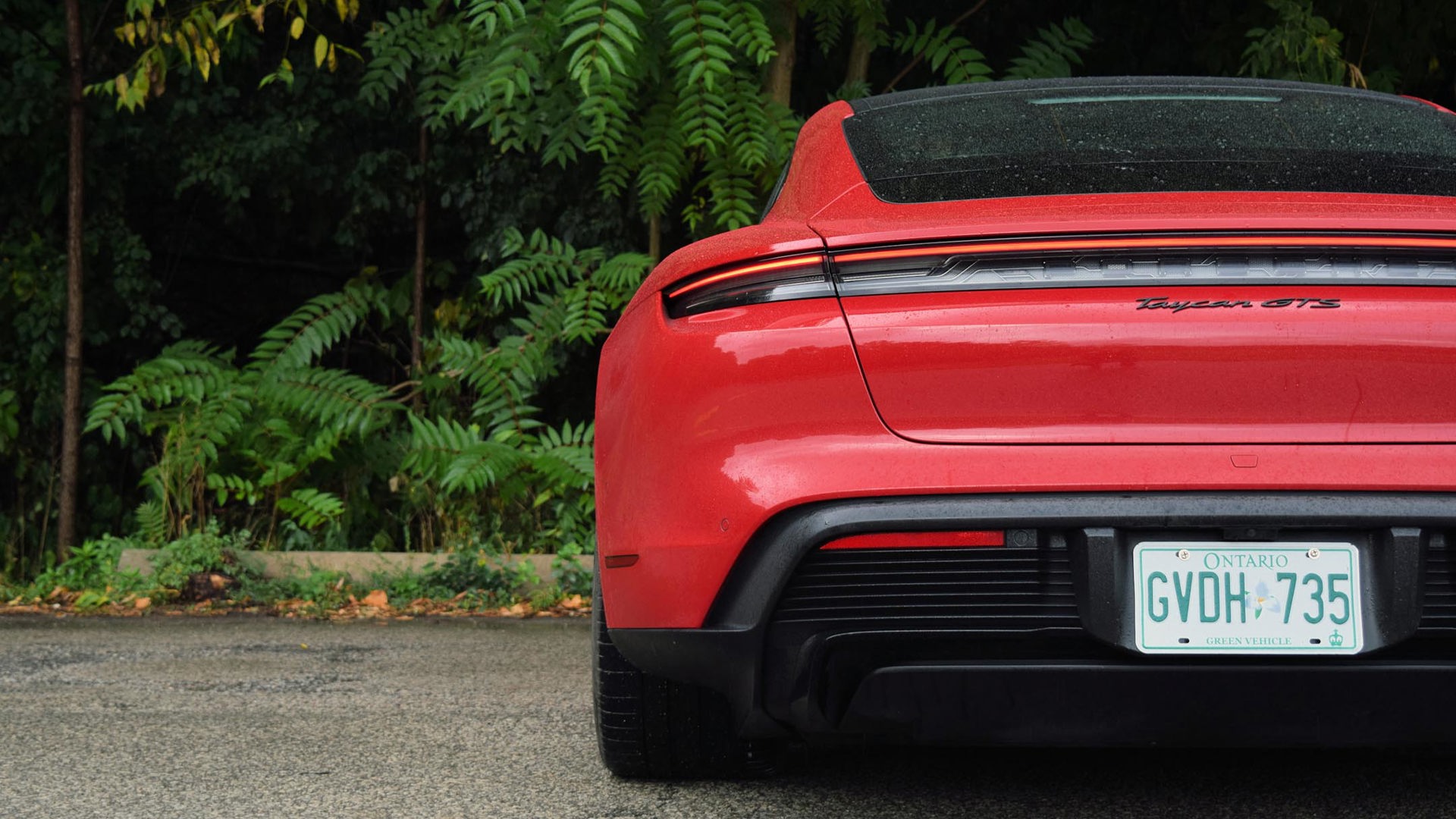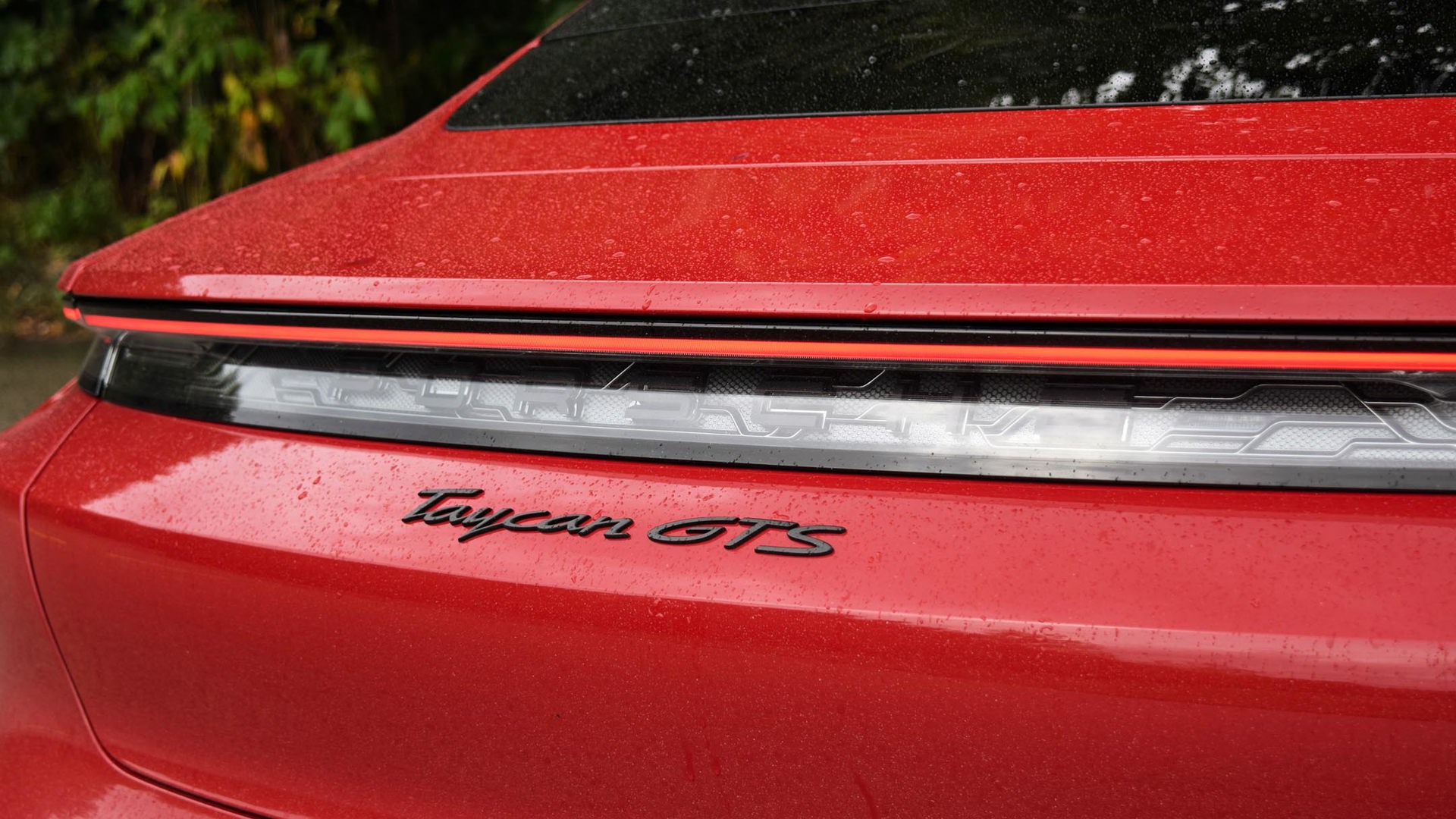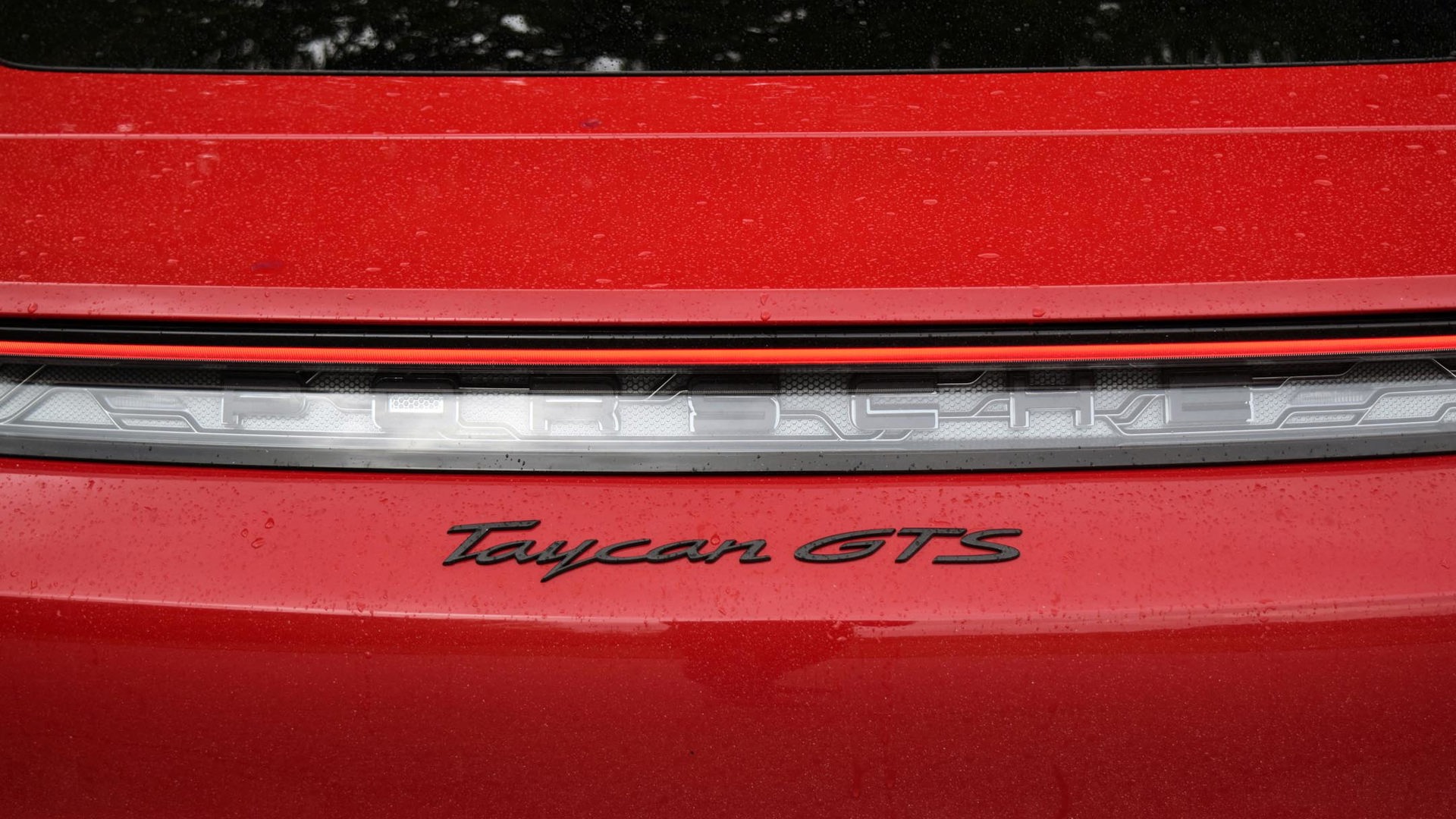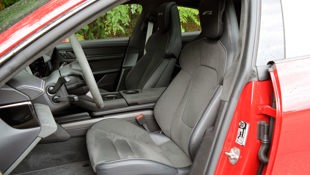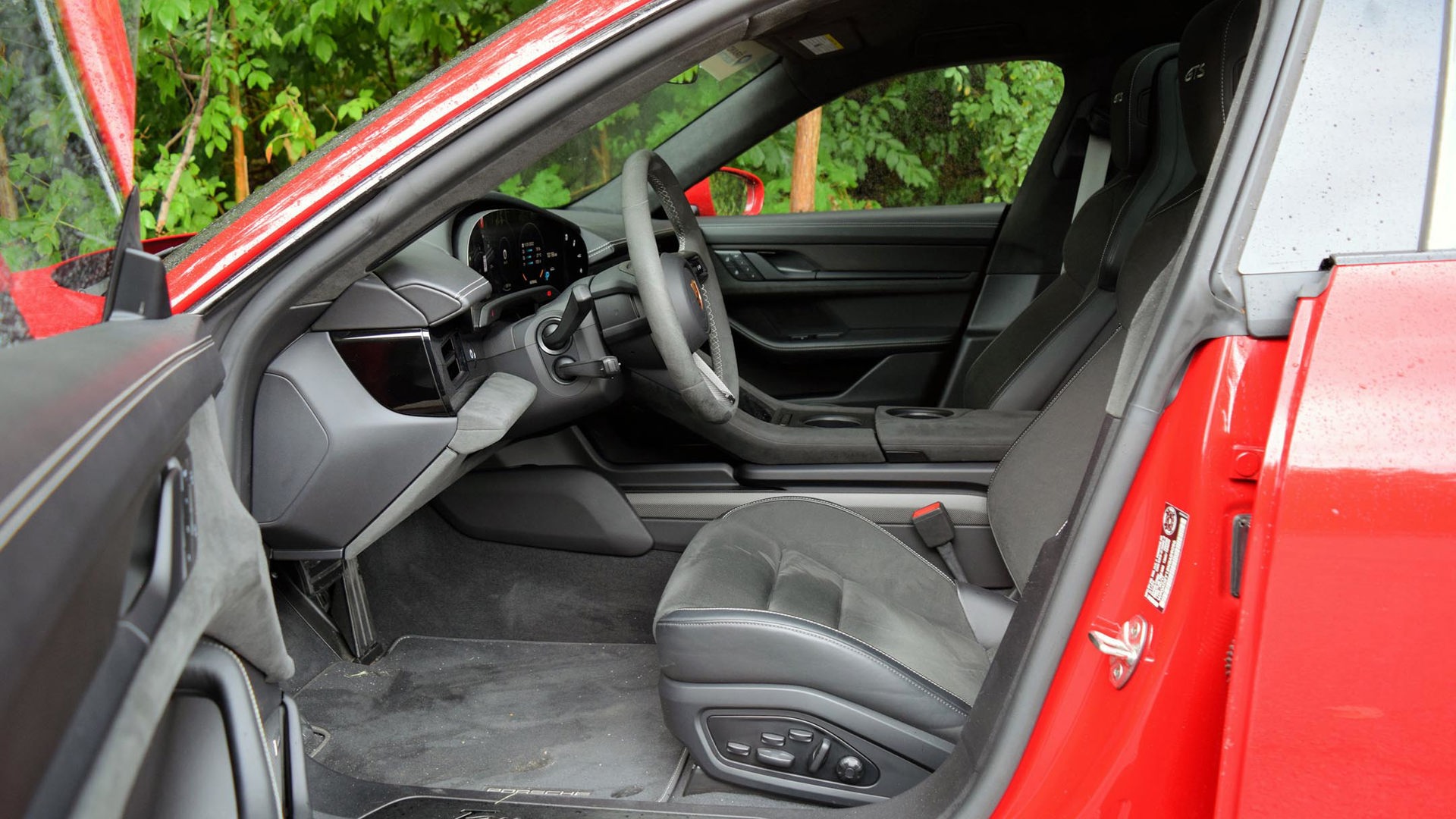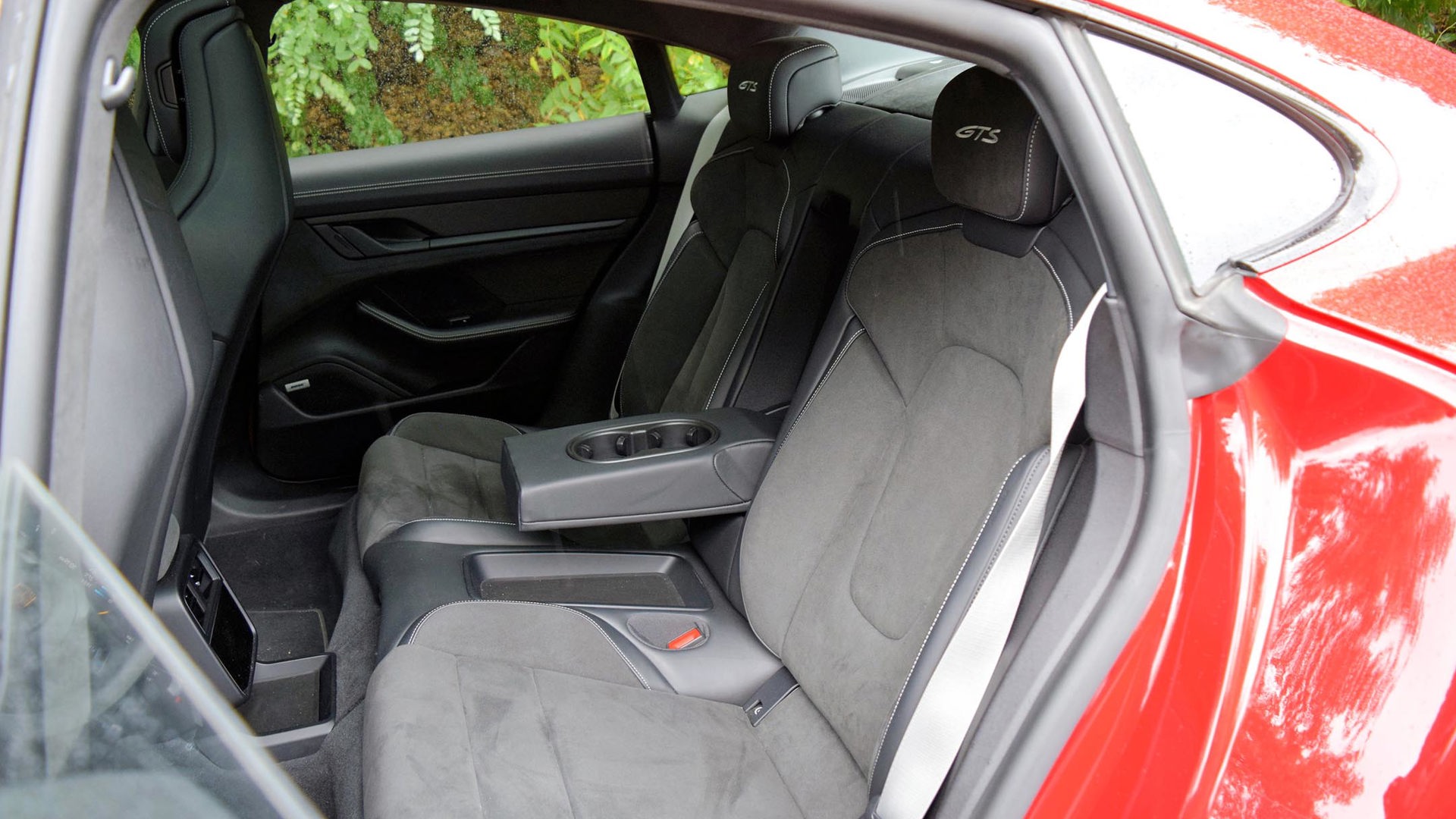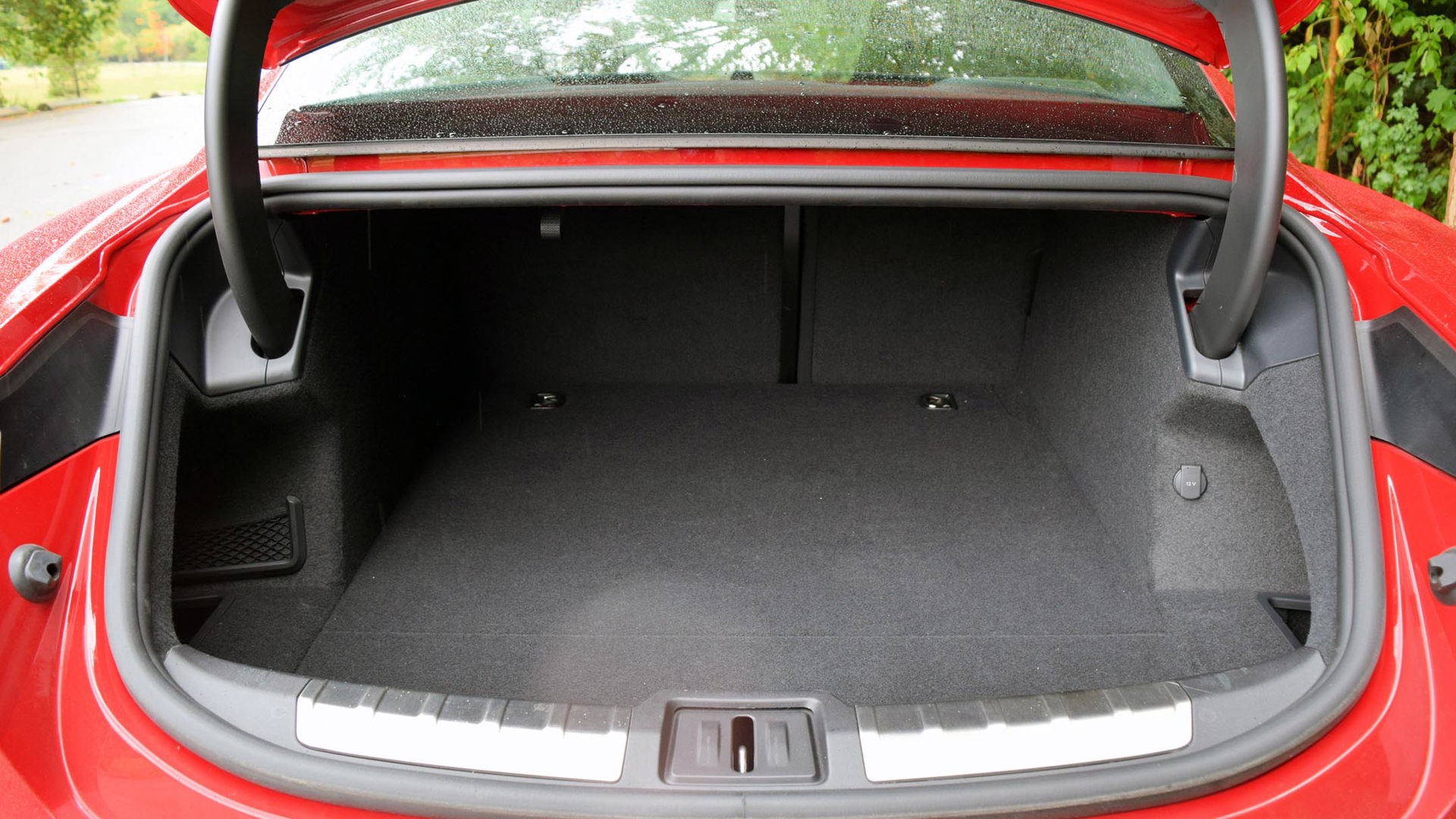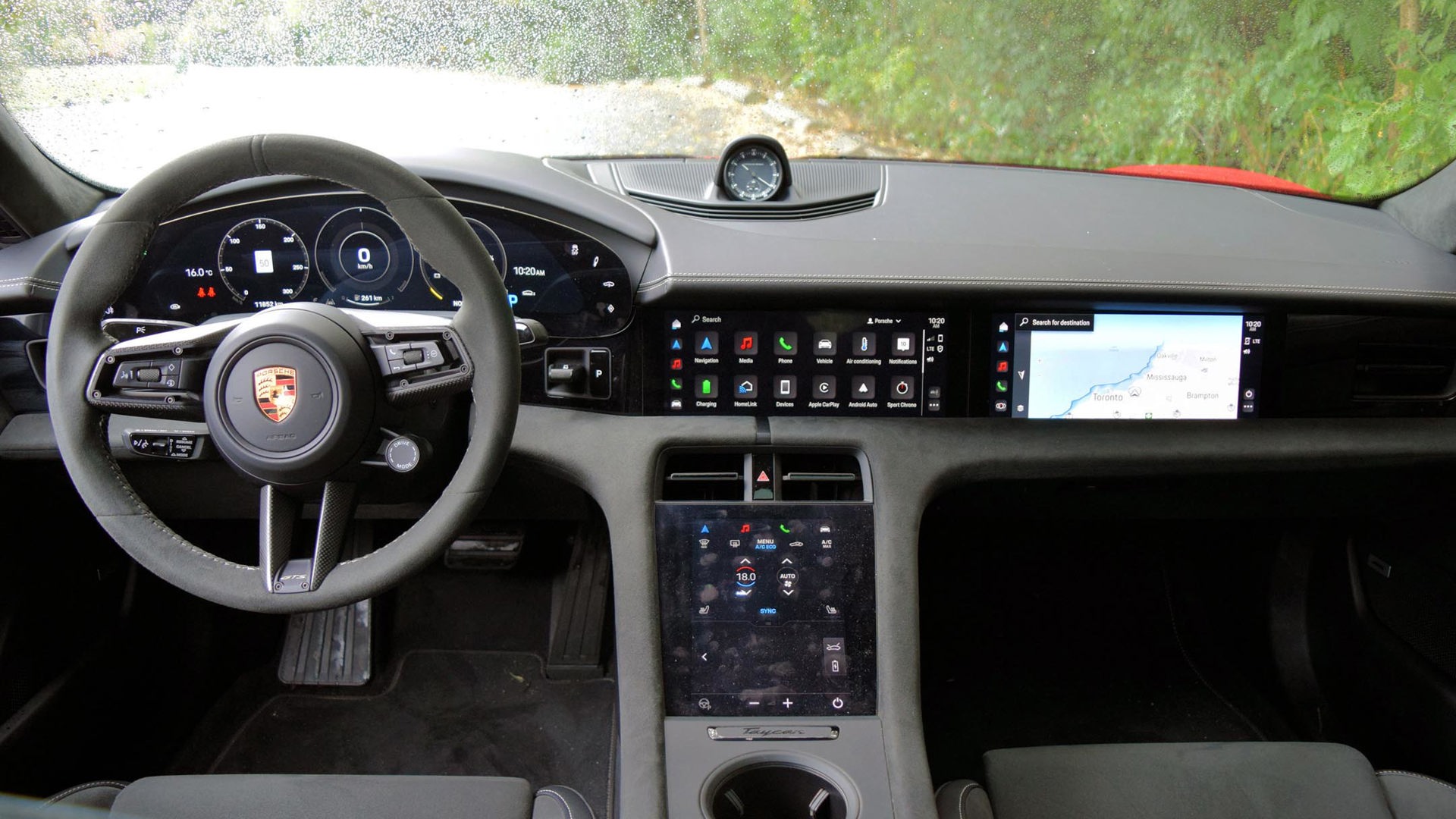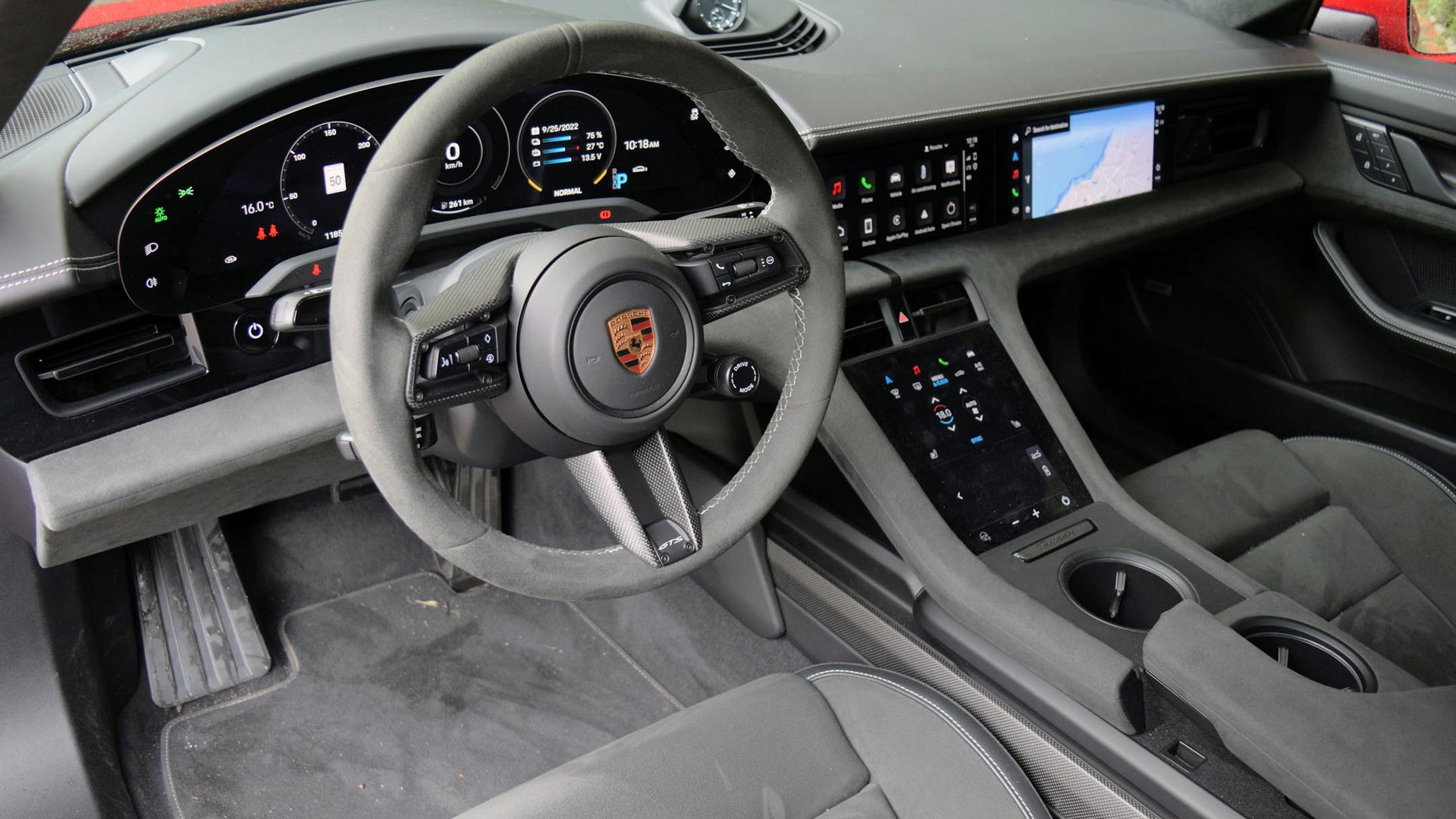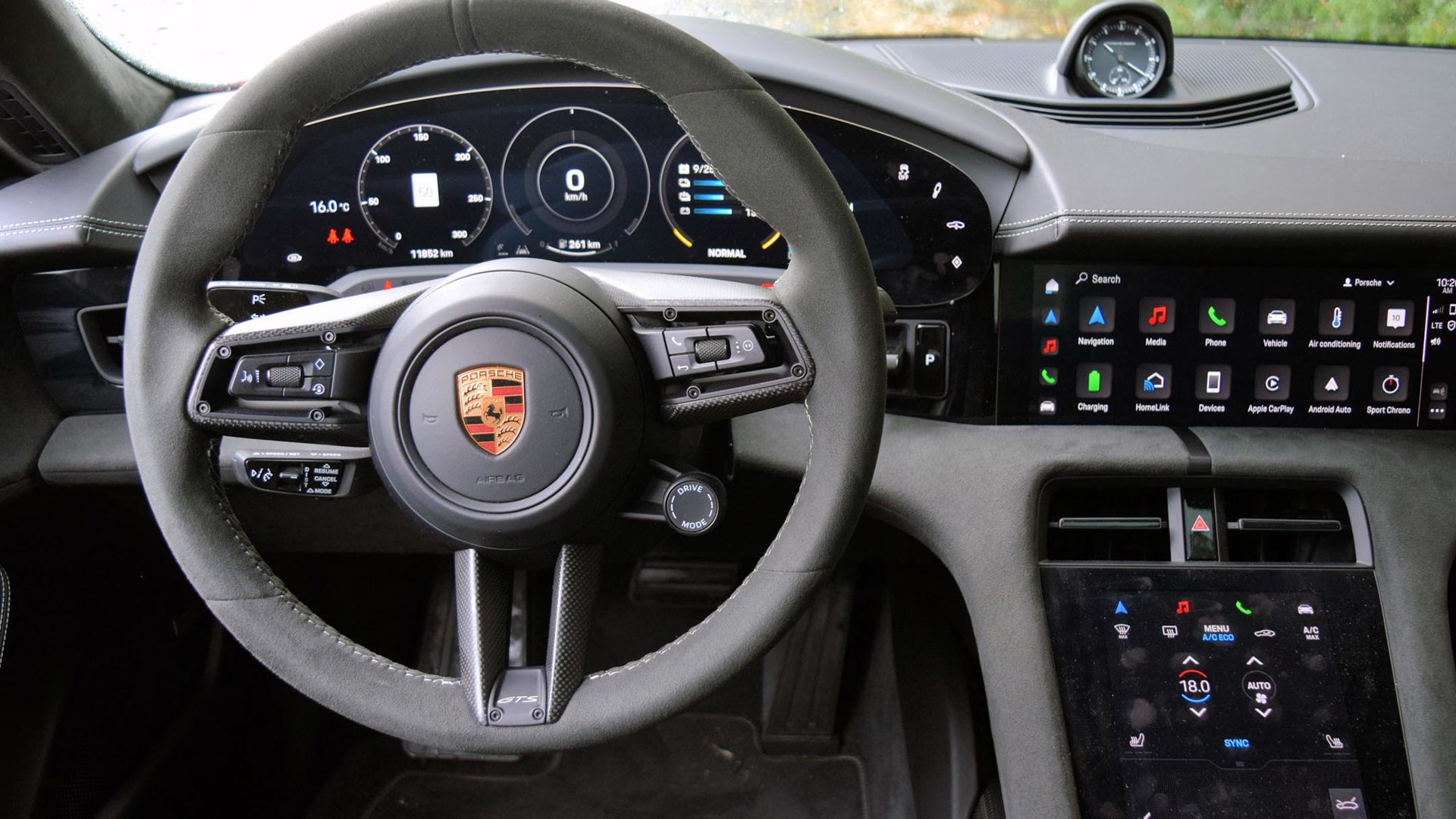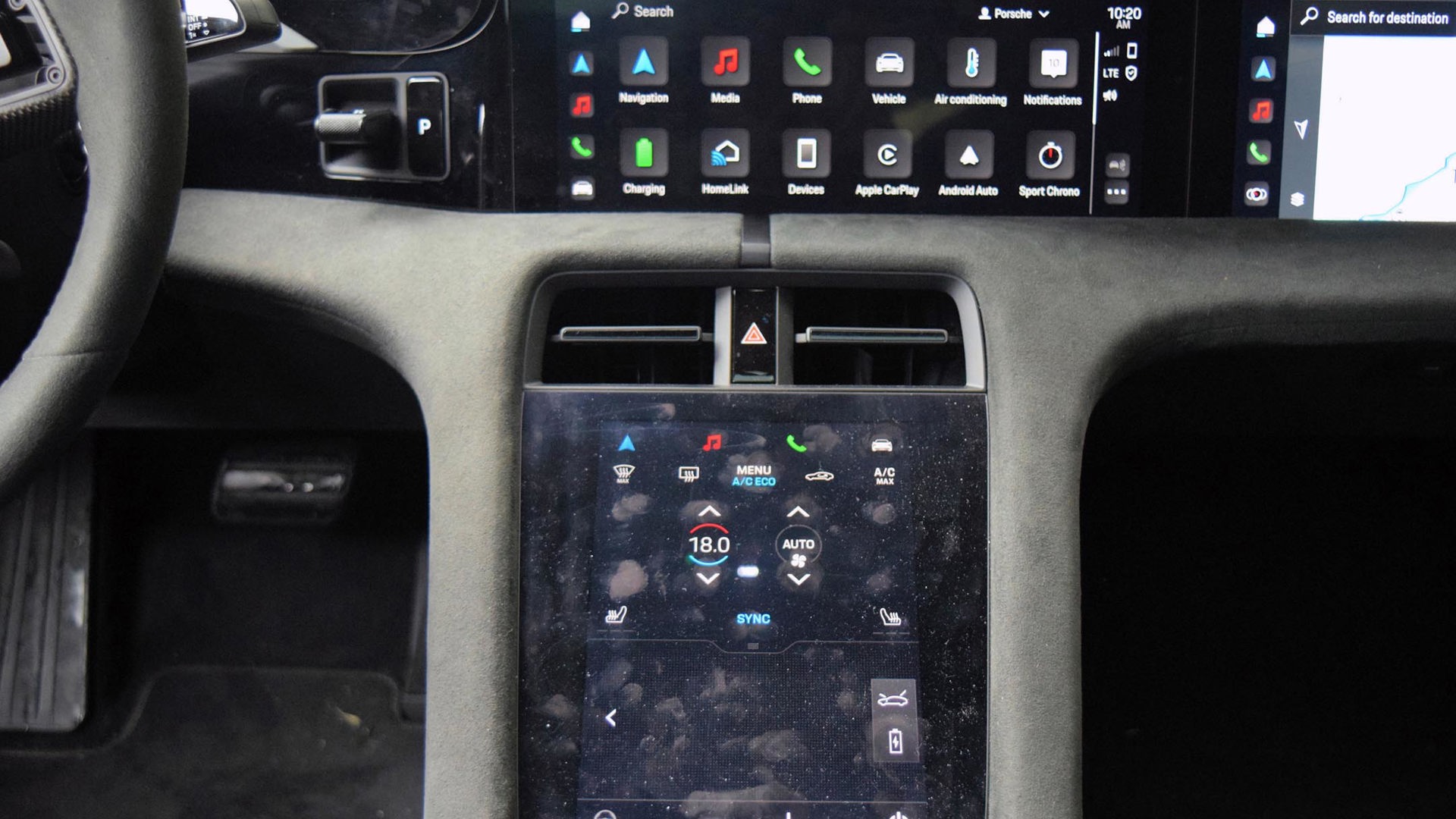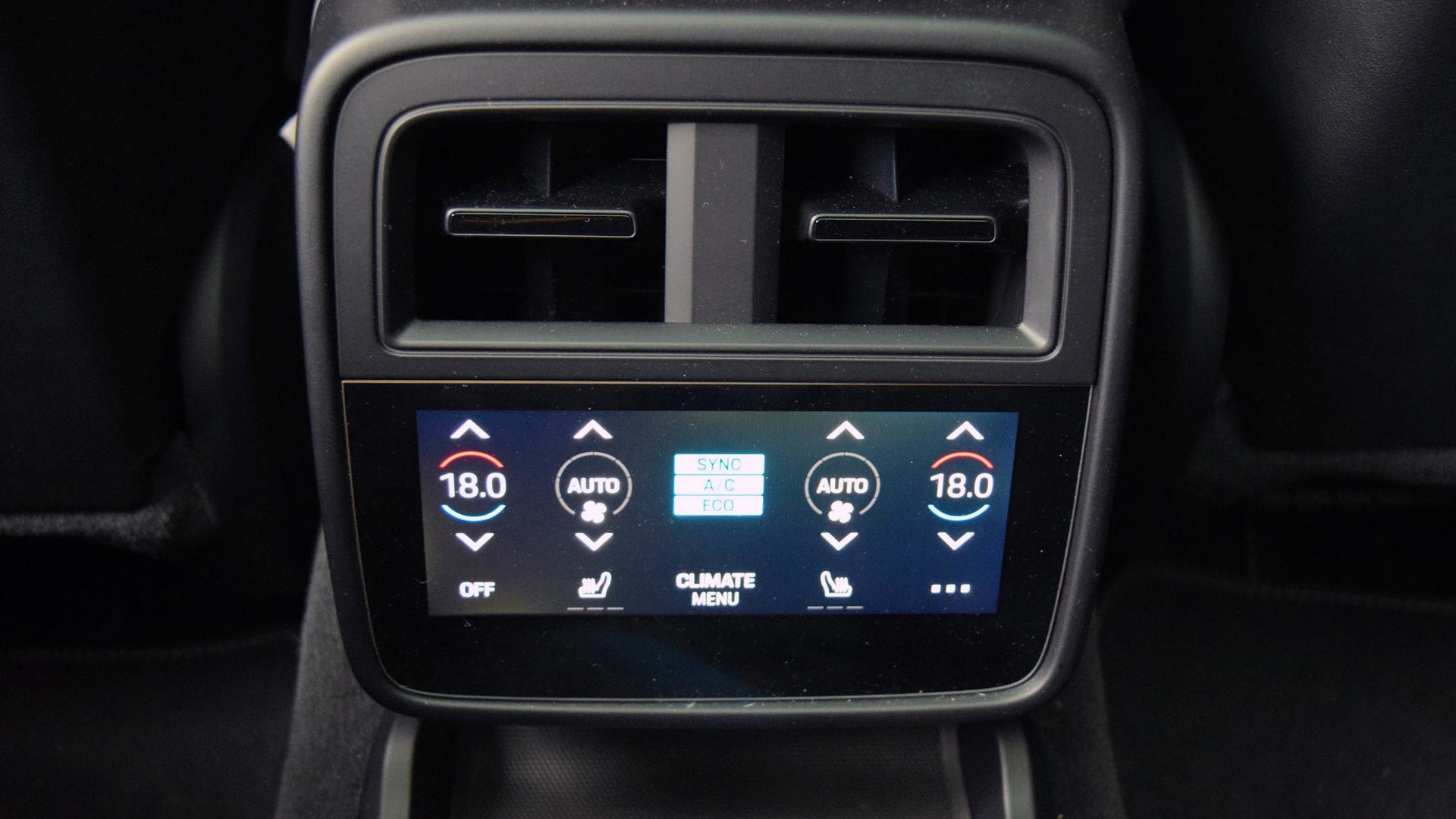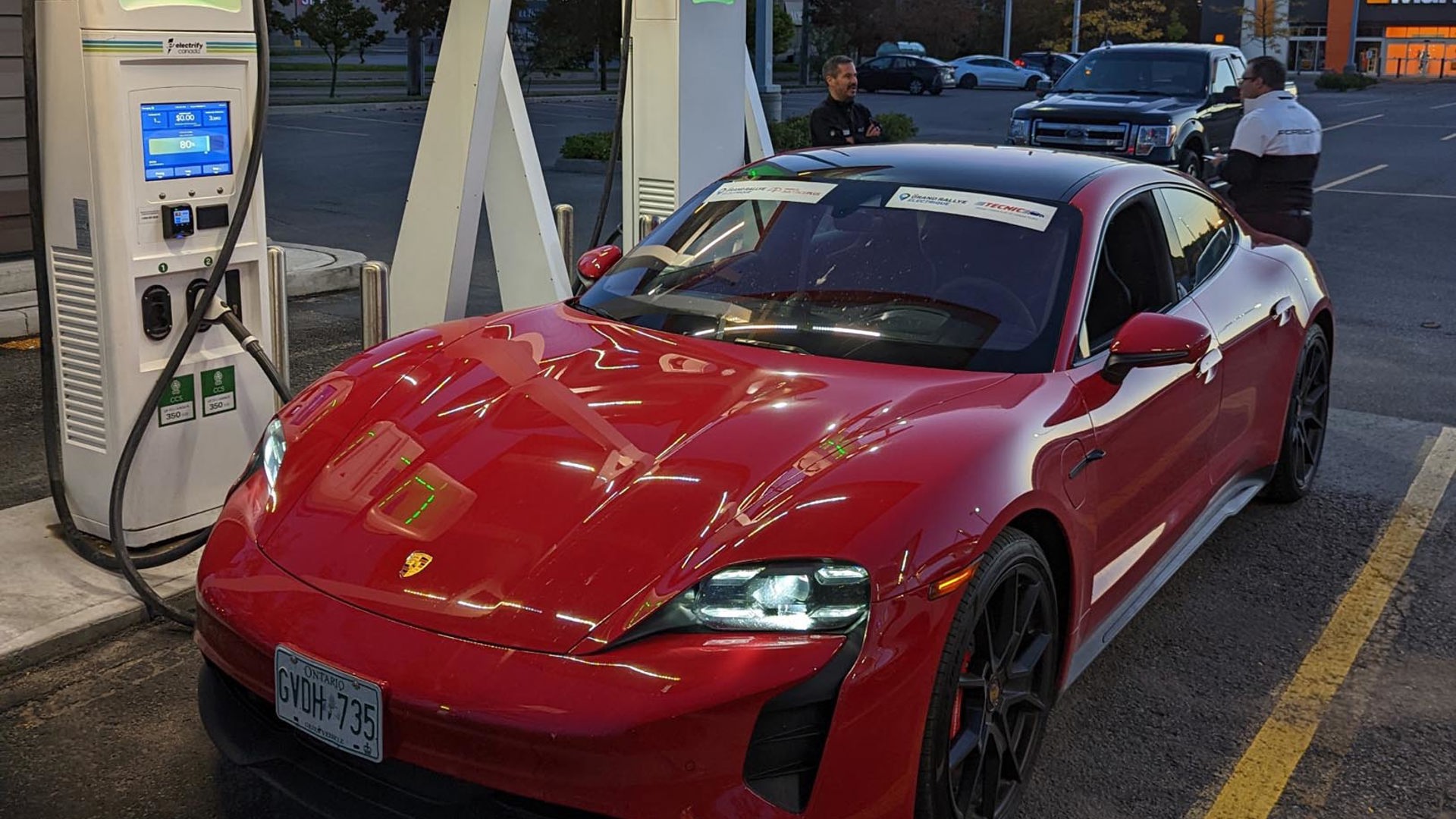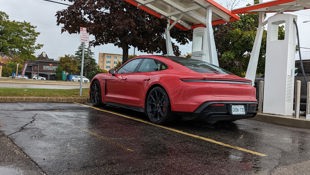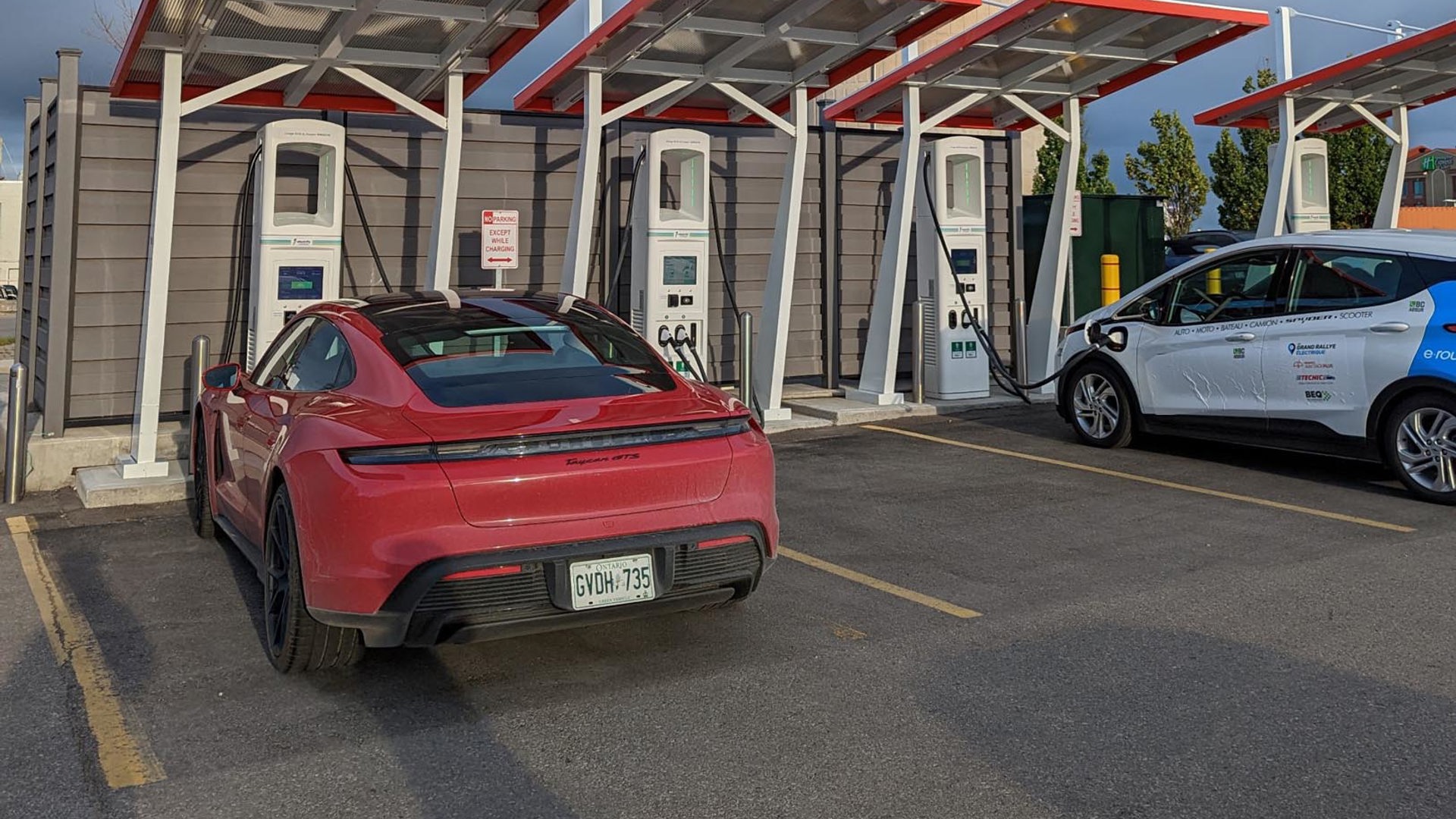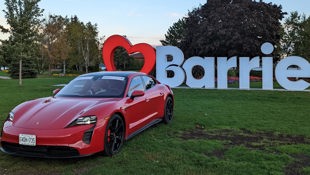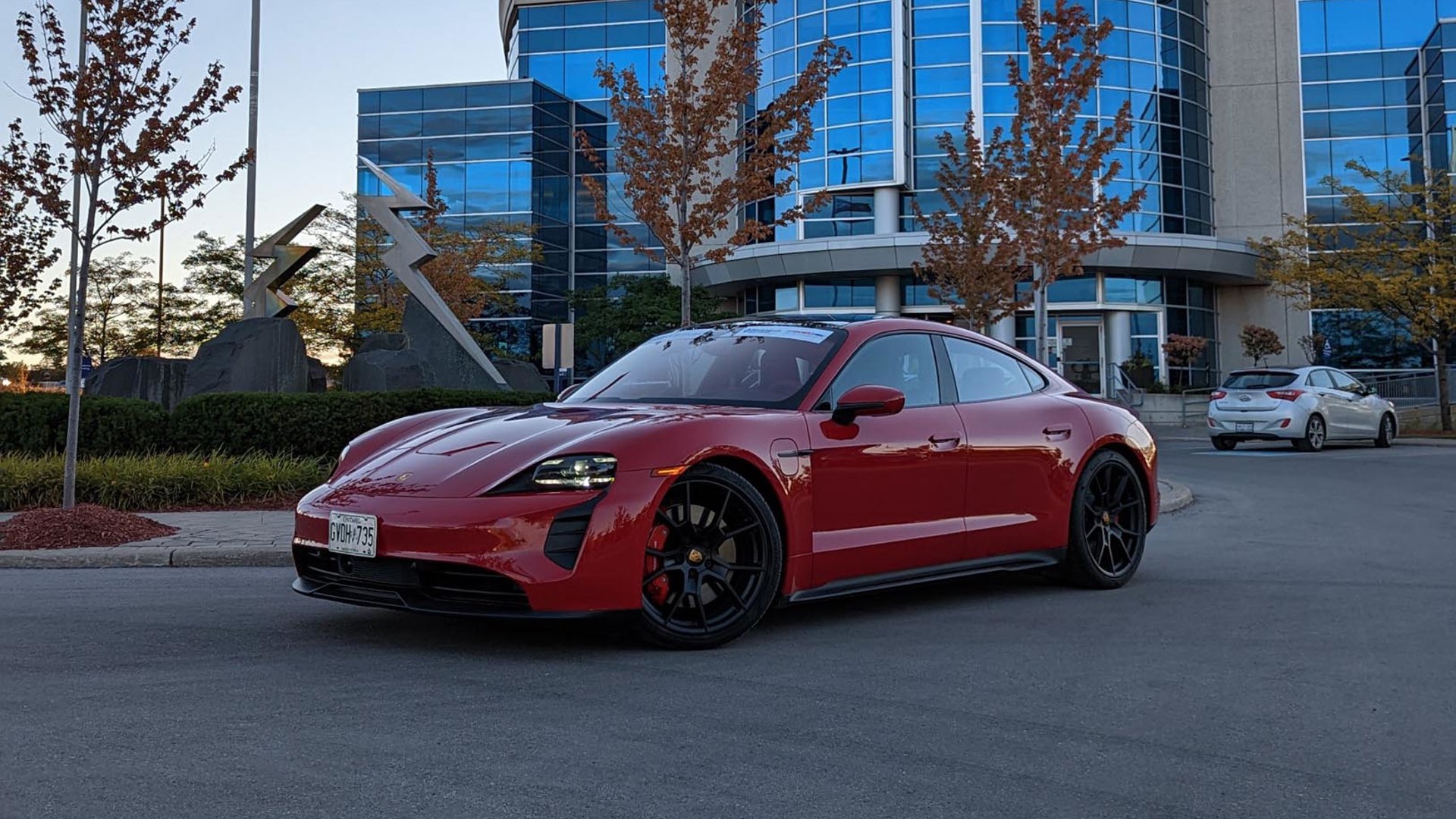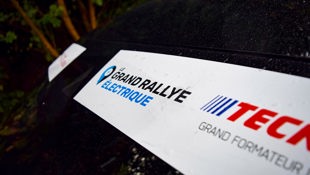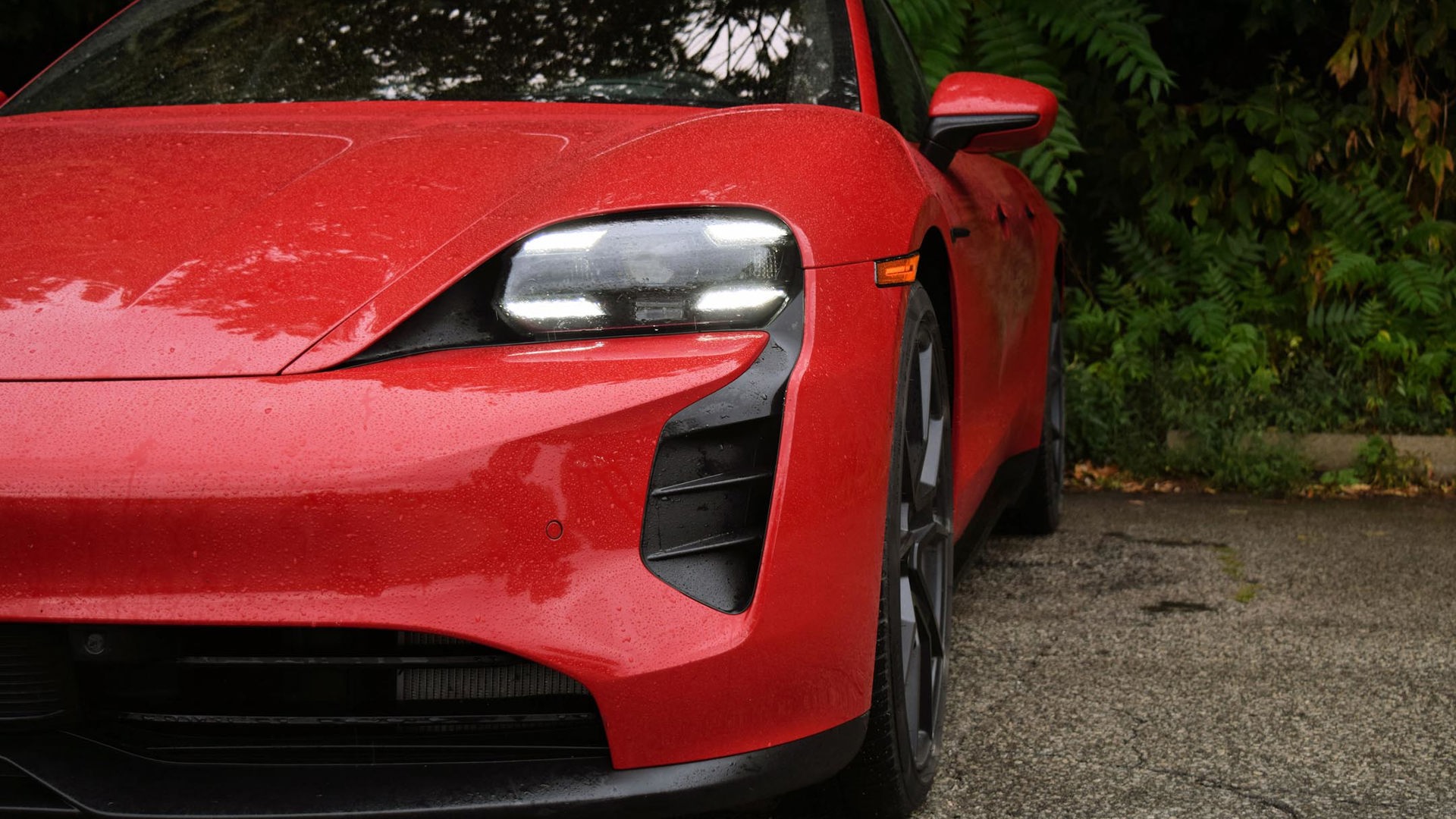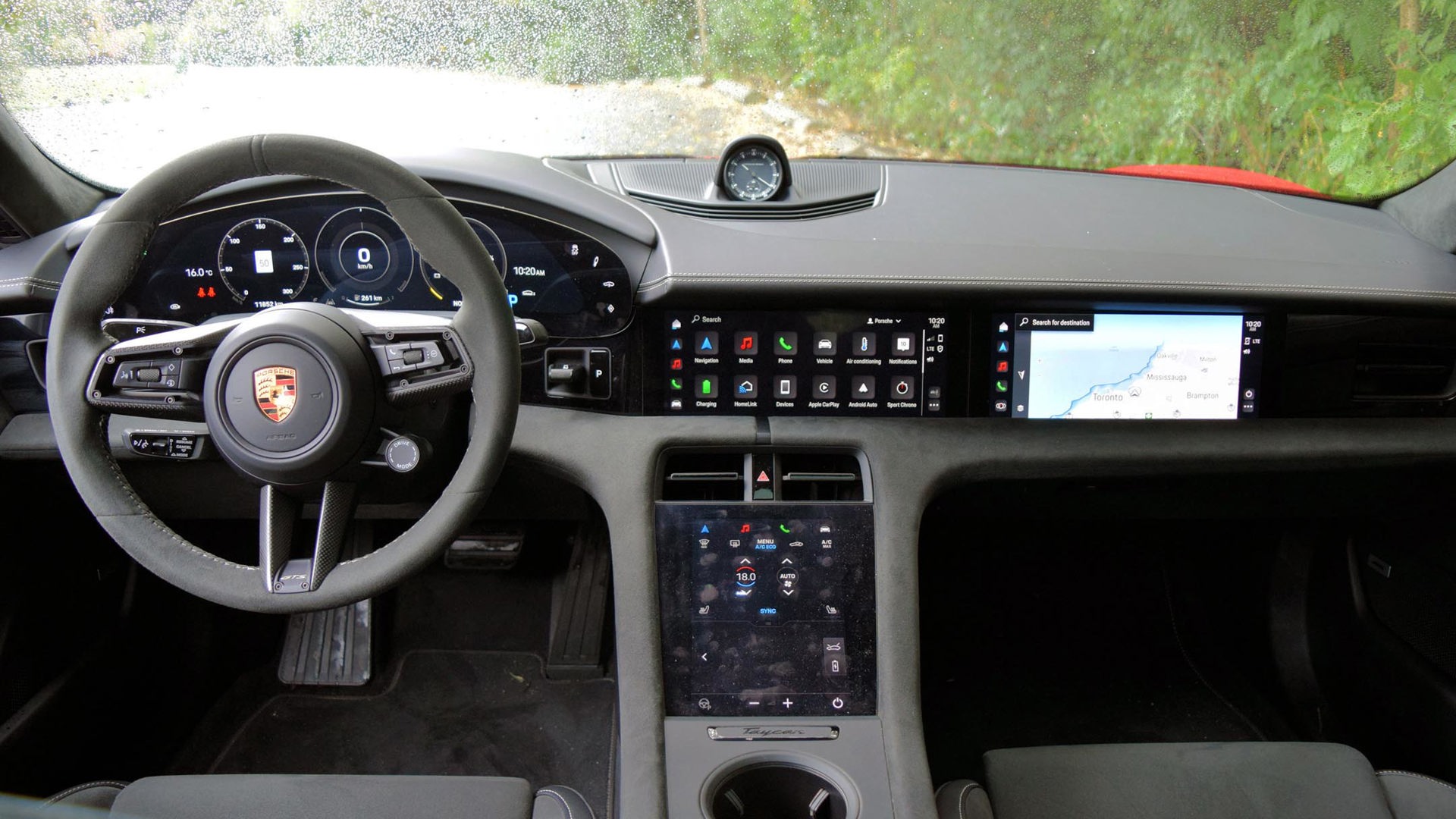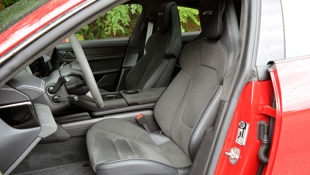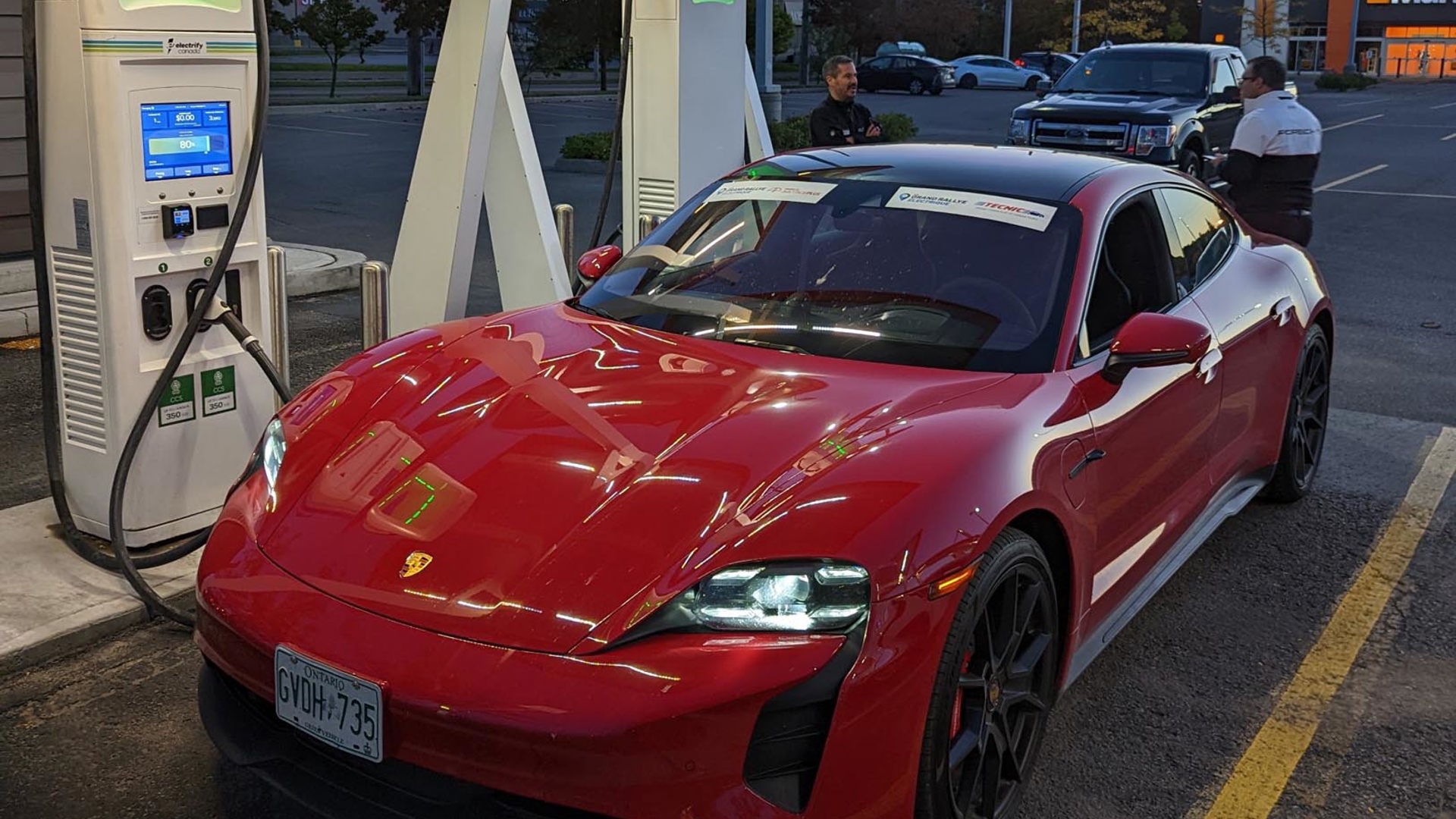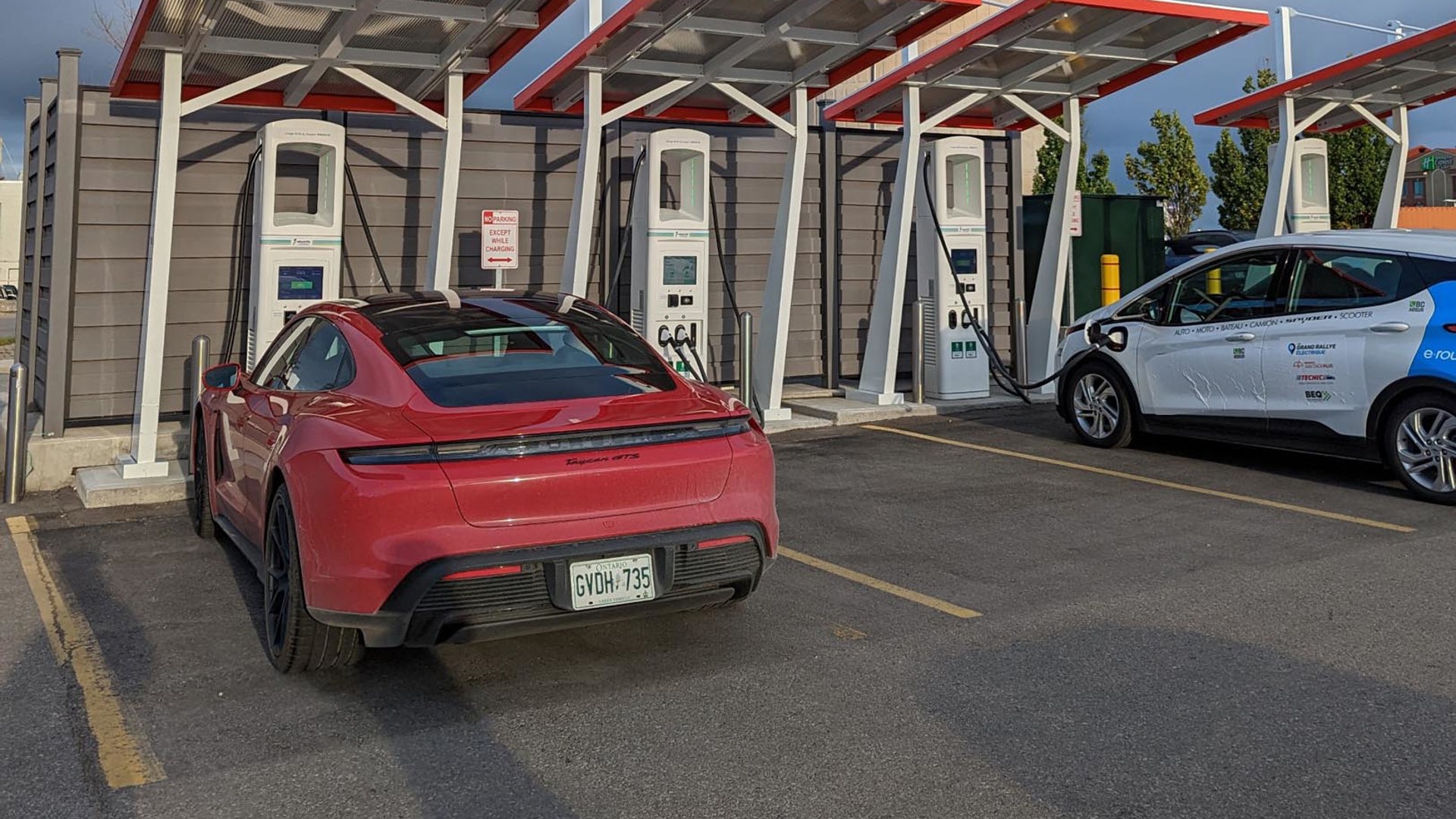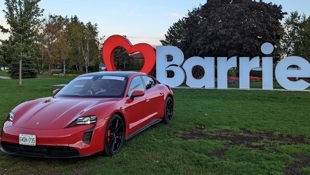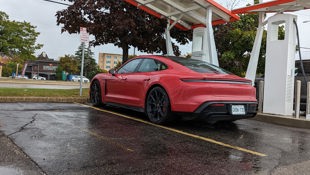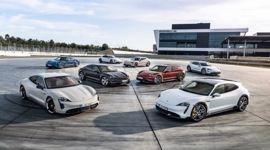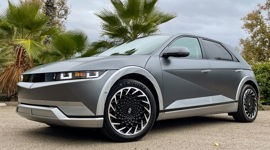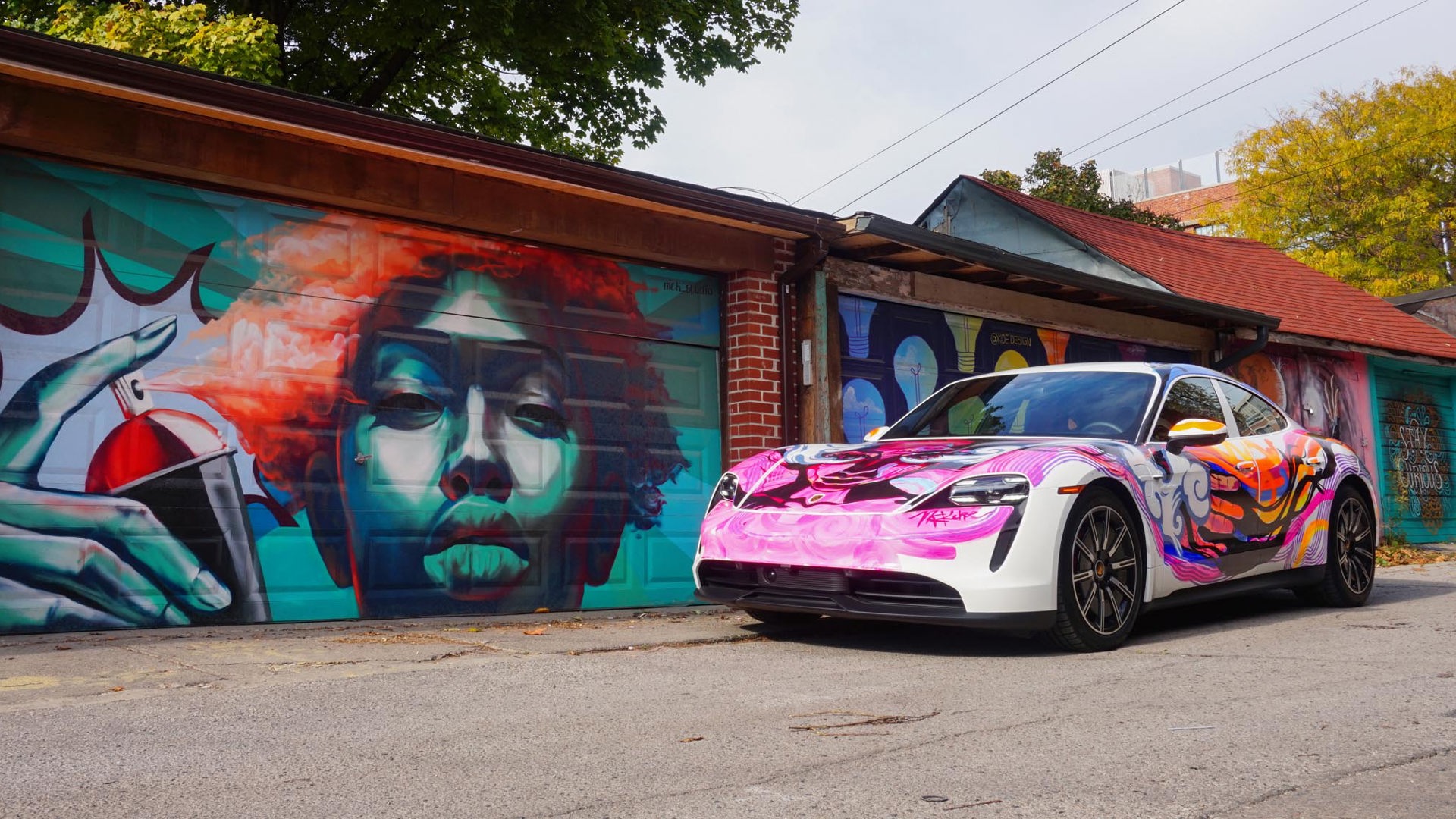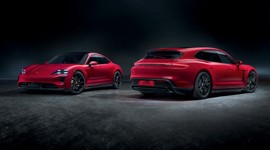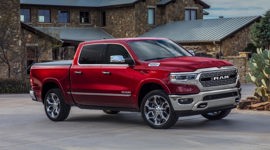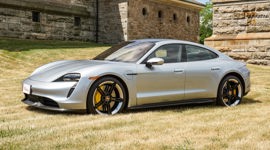The electric vehicle landscape is constantly changing, as electron-powered rides have evolved from boring, slow cars to high-speed, luxurious, and exciting machines. But that evolution isn’t worth much if they struggle with the distances easily managed by gas-powered vehicles.
Modern EVs can close that gap in a big way, and a group of devoted drivers cooked up an interesting way to demonstrate just how capable new EVs can be.
Sign Us Up!
The Great Electric Rally is a multi-day event where participants take their electric cars over a six-day scavenger hunt that spans over 3,000 kilometres. Starting in Halifax and road-tripping to Charlottetown, Miramichi, Wendake, Oshawa, London, Barrie, and finally Ottawa, the point of the rally is to showcase how capable electric vehicles and EV infrastructure are at this point.
We signed up for a leg of the journey to pilot a 2022 Porsche Taycan GTS during the second half of the rally. We started in Oshawa, drove for a stop in London, headed over to Barrie, then made the trip to Ottawa before returning home to Toronto. Overall, this journey covered about 1,600 km over three days of driving.
Our Chariot of Choice
The Taycan GTS may be one of the more expensive electric cars on the market, but it features all the specs required to make a long trip like this feel easier. For example, it packs a massive 83.7-kWh battery that provides a range of 396 km when fully charged. The battery is only one part of the equation, however, as other EVs like the Mustang Mach-E use bigger batteries and offer more range.
Batteries need to be paired with a healthy charging system, which is where the Taycan shines. Its 800-volt architecture allows it to take advantage of charge speeds up to 270 kW, which will bump up the battery from 5 to 80 per cent in under 25 minutes.
Secret Powers
It’s no secret that theoretical charge speeds hardly match what’s experienced in the real world, so it’s wise to take those ratings with a grain of salt. But the Taycan gets pretty close to what’s advertised, thanks to a secret power that helps achieve those charging speeds: preconditioning.
For electric batteries to recharge as fast as possible, they need to be at an ideal temperature of around 35 degrees Celsius. By inputting a Level 3 fast charger into the vehicle’s built-in navigation system, the Taycan will automatically prepare the battery by bringing it to the ideal temperature to accept the high charge speed. Doing so helped the Taycan average a charging speed of 200 kW for the entirety of a charging session, which means the vehicle got from 5 to 80 per cent in just about 30 minutes. Other EVs also feature battery preconditioning, including the Hyundai Ioniq 5 and Kia EV6.
What’s even more notable is that the charge rate stayed strong even after the battery reached the 80 per cent mark, unlike other EVs that can drop below 50 kW after that point. The charge speeds of the Taycan maintained a relatively decent 70 to 90 kW, allowing the battery to recharge from 80 to 100 per cent in about 20 minutes.
Other EVs usually reduce the charge speeds to prolong the lifespan of the battery, so it’s interesting to see why the Taycan is still fast charging and whether or not that impacts the overall durability of the vehicle.
When we preconditioned the battery before arriving at a high-speed Electrify Canada location, it recharged from 10 to 100 per cent in less than an hour, which was enough time for us to stretch, grab a bite to eat, and use a restroom.
We replicated this experience at the Electrify Canada locations in Oshawa, London, Barrie, and Kingston, although we saw slower charges when other EVs were plugged in at the station.
While Electrify Canada provided a consistent charging experience (except for the Ottawa station that was offline) it also had another handy benefit: Plug & Charge. Rather than fiddling with an app or swiping a credit card at the charging station, you just plug the car into an Electrify Canada station and it handles the payment for you, similar to how Tesla’s charging stations operate.
That is if you even have to pay: In Canada, Taycan drivers receive three years of free charging at Electrify Canada, so long as the session is under 30 minutes and it’s been at least one hour since their last free charge session. That’s pretty handy considering how fast the Taycan juices up.
The On-Road Experience
The badge on the front and the lettering in the rear light bar indicate that as a Porsche, this vehicle isn’t just about fast charging, but it should also be speedy on the road. But as any hypermiler knows, too much speed can kill efficiency and range.
The GTS range of Porsches is frequently described as the “sweet spot” for the models and that continues here, as the Taycan strikes a fine line between power and range. A driving mode prioritizing range helps balance the performance of the Taycan GTS with the need for driving distance. It optimizes the aerodynamics with its air suspension and an active rear spoiler while modifying the climate control settings to minimize unnecessary energy use. The vehicle even de-energizes the front motor in this mode to reduce the parasitic load. Finally, it limits the top speed on the highway to 140 km/h (which is plenty given the traffic and speed limits on these routes).
These changes don’t feel like a significant compromise, and getting the standard or high-performance feel of the car is as easy as turning a dial on the steering wheel. Still, there were very few times when the 590-hp powertrain seemed like a necessity. There was no need to question the 3.7-second zero-to-100-km/h sprint time while on the long trip, but testing it out would undoubtedly lower the range.
The Taycan felt confident to make any pass or snake its way through traffic on the congested morning runs through the 401. In the countryside, the GTS model came alive, with a pleasing response to all our inputs. Not only were we surprised at the steering, which had an engaging weighty feel, but the firm and communicative handling impressed as well. After piloting the car through a few corners on the road, I quickly forgot that the EV weighs almost as much as a Chevrolet Tahoe.
Comfortable Enough
The seats were firm and supportive, which is ideal for wheeling the Porsche through backroads, but having spent so much time in them on the highway, I felt a bit stiff by the end of the journey. There could be more padding throughout the cabin, as armrests began to feel a bit unfriendly by day three on the road.
Outward visibility was also good, but I have a few critical issues about the infotainment system. There are several screens in the cabin, but I couldn’t come to terms with the lower-central screen, which provides shortcuts to various settings, controls the media system, and operates the powered charge port doors. These controls felt a bit clumsy and not as responsive as the rest of the car. Furthermore, the vehicle suffered from an overeager alarm system, which fired up at random times whenever the Taycan was parked. Talk about an attention seeker!
Smooth Sailing
Through the three days and 1,600 km of driving, we can say that the Taycan made the journey feel easy. The only issue we had to worry about was traffic. The 300-km trip from Oshawa to London took roughly six hours due to rush hour congestion, and we used the 403 on the way to drive through Hamilton, Burlington, and Brantford. The 250-km route from London to Barrie passed through Listowel and took about four hours, again thanks to afternoon traffic. However, the 530 km to go from Barrie to Ottawa took closer to seven hours to accomplish since we required a charge in Scarborough and Kingston to complete the journey, a route we mirrored on the way back.
Final Thoughts
Suffice it to say, we made the trip without incident or fear. Little improvements are adding up to make long-range electric road trips more viable, from larger batteries, faster charging speeds, battery preconditioning, automatic payments, and range-oriented driving modes.
While the Taycan isn’t the first or only car with these features, it’s a rare example that has them all, helping it feel like a finished product instead of one that is just trying to comply with global electric vehicle mandates. If more automakers can deliver this kind of experience, and if more charging stations keep popping up and improving, the electric revolution will be closer to a real alternative to internal combustion engines and, hopefully, a greener future.
